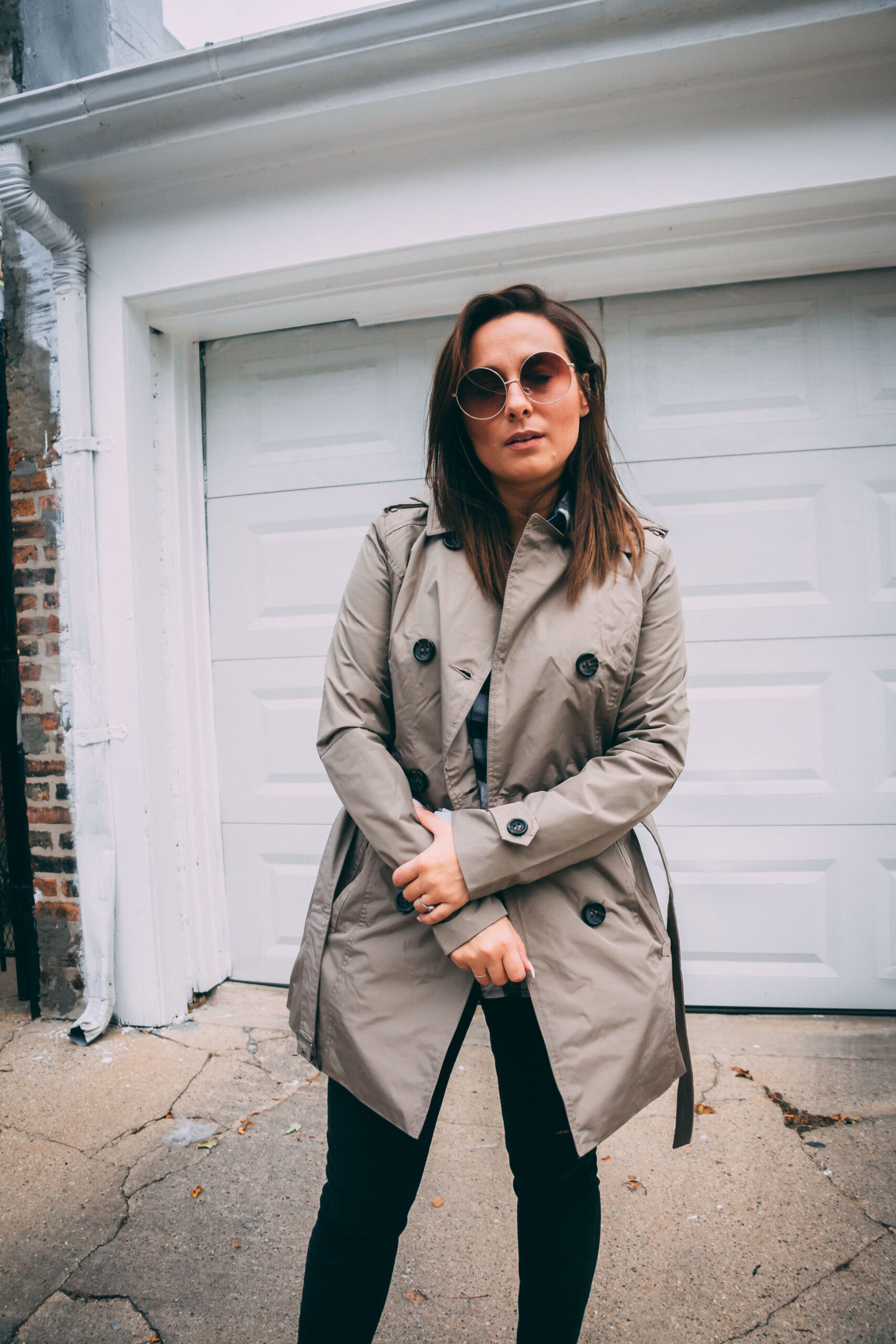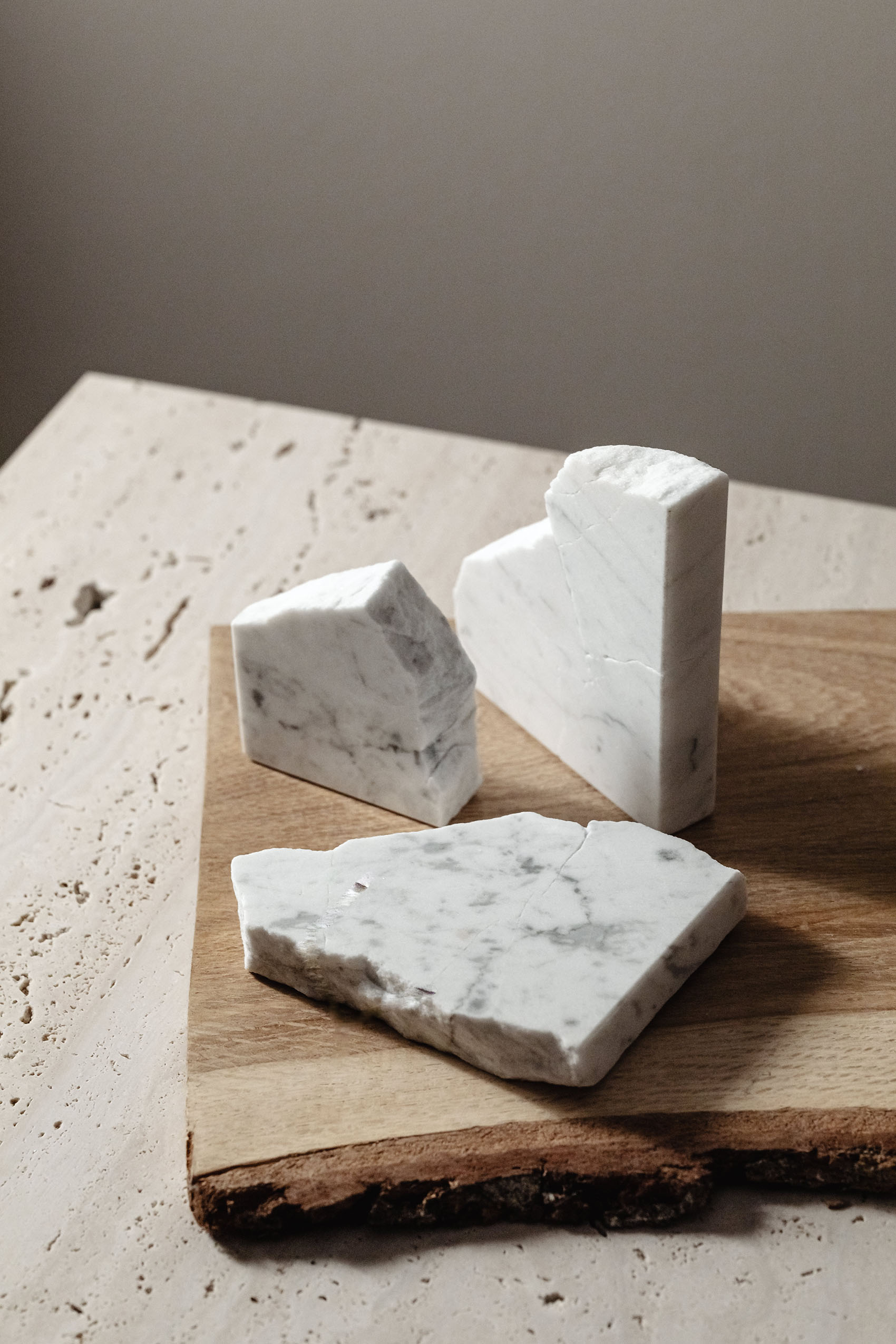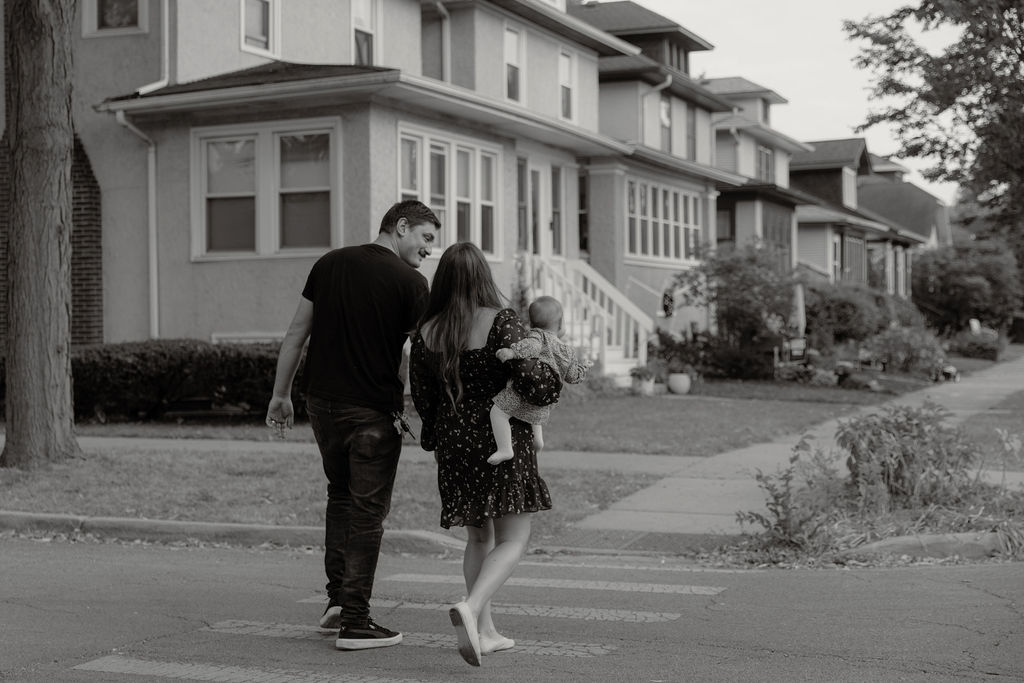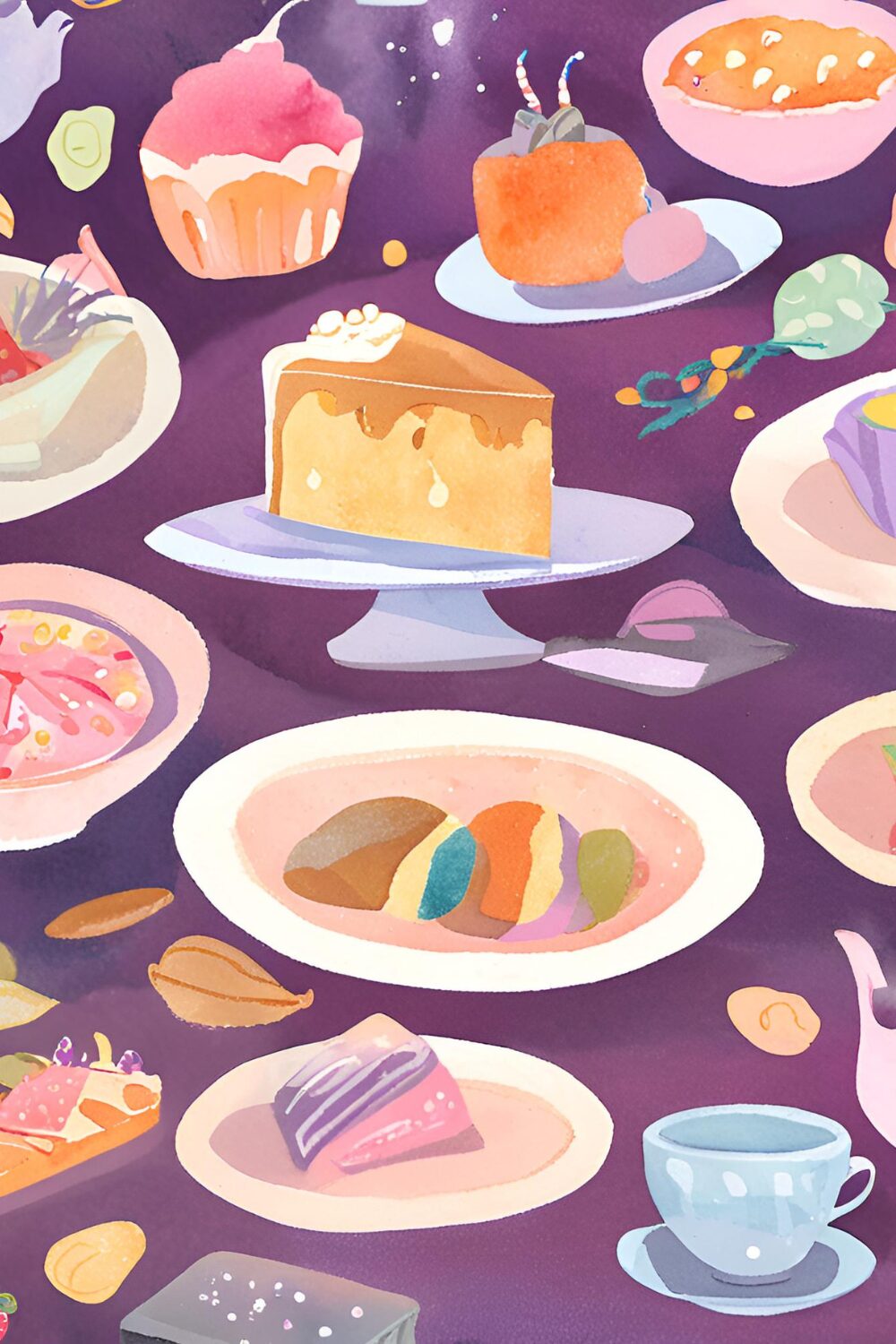Why I Practice Hygge as a Mental Health Therapist
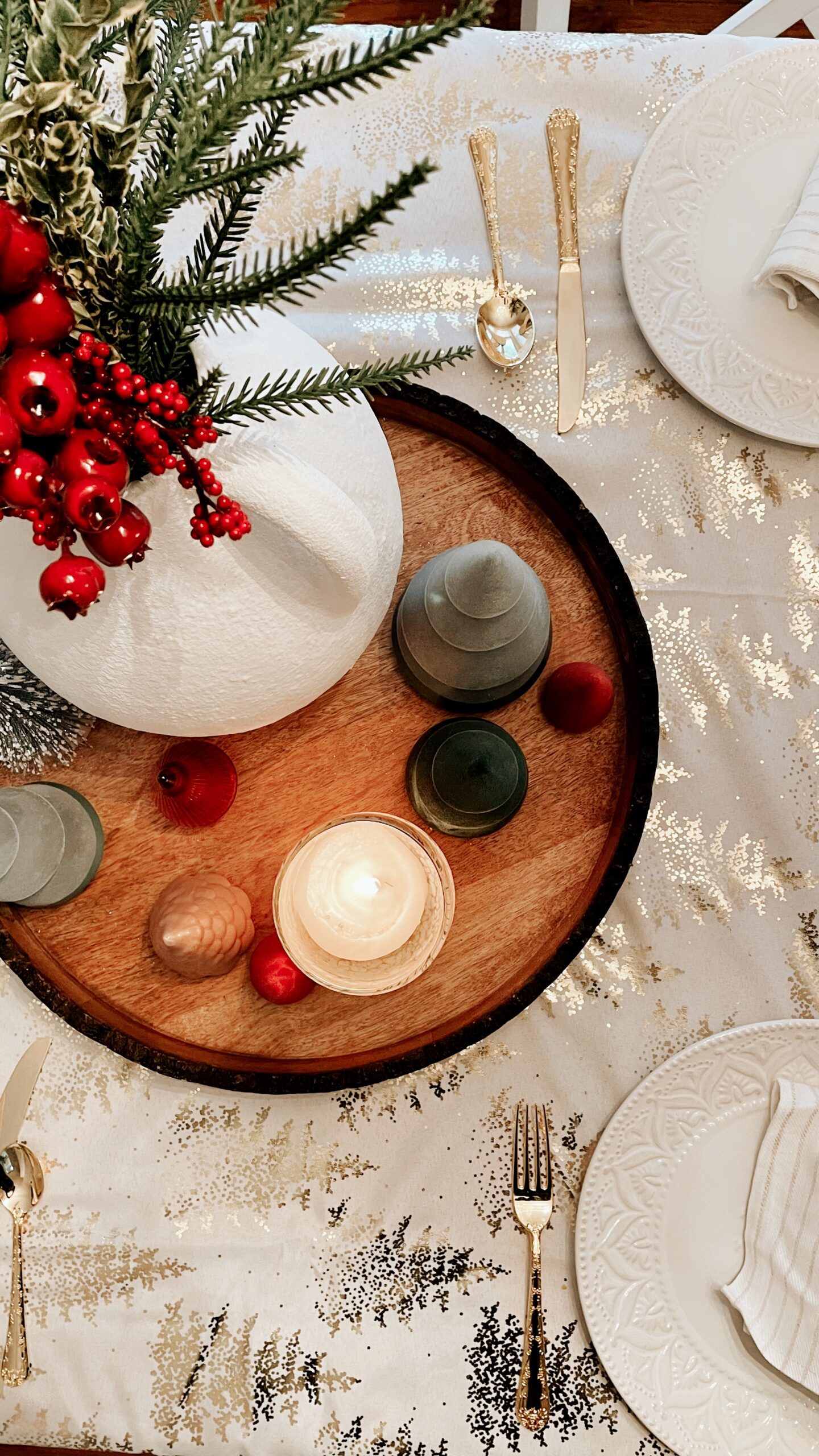
It was a cold winter and John and I were living in a tiny apartment in Chicago. I watch Youtube like tv and found a few vloggers in Sweden. Sweden and Norway and many of the cultures in that area of the world are deemed the happiest in the world. I kept thinking how is that since most of their year is in the dark and cold? This is when I discovered the practice of cozy called Hygge. I fell in love with the simplicity of this lifestyle. Hygge can start with a decorating style and turn into a way of life that can enhance your mental health. I found myself going from hating midwest winters to looking forward to the darker cold days. In this post I want to show you what Hygge is and why I enjoy using it in my practice as a therapist.
Seasonal depression can be a challenge during the winter months, especially in the Midwest and in Chicago. Seasonal depression, also known as seasonal affective disorder (SAD), is a type of depression that is related to seasonal changes, particularly the shift into fall and winter. It’s thought to be caused by changes in the amount of daylight that affects the body’s internal clock. Symptoms of SAD are similar to those of depression, such as low mood, lack of interest in activities, and lethargy, but they occur at the same time each year, usually starting in the fall and continuing through the winter months. Treatment may include light therapy, psychotherapy, or medication.
And I would argue, the practice of Hygge.
Seasonal Depression and Hygge
Hygge, the Danish concept of coziness and well-being, can be an effective way to treat seasonal depression. By embracing the principles of hygge, individuals can create a warm and inviting environment that counteracts the gloomy and dark days of winter. Hygge encourages the use of soft lighting, candles, and comforting textures to cultivate a peaceful atmosphere that promotes relaxation and uplifts the spirit. Engaging in cozy activities such as reading a book by the fireplace, enjoying a hot cup of cocoa, or cuddling up under a warm blanket can significantly improve mood and alleviate symptoms of seasonal depression. Moreover, hygge places great emphasis on connection and social interaction, which can help combat the feelings of isolation often associated with this disorder. Spending quality time with loved ones, whether it’s having a heartfelt conversation or sharing a meal together, can provide a much-needed sense of support and belonging. By embracing the nurturing qualities of hygge, individuals can find solace and create a protective cocoon during the challenging winter months, effectively treating and managing seasonal depression.
Discovering the Coziness of Hygge
In recent years, the Danish concept of “hygge” has gained immense popularity worldwide. It’s a word that encapsulates so much more than just a cozy feeling; it represents a way of life filled with warmth, comfort, and intimate moments. So, what exactly is hygge?
Hygge (pronounced hoo-gah) is a Danish term that doesn’t have a direct English translation. It embodies the feeling of contentment and well-being derived from the simple pleasures in life. It’s about creating a cozy atmosphere and enjoying the present moment, often in the company of loved ones.
One of the key elements of hygge is creating a warm and inviting environment. Imagine dimmed lights, soft blankets, and flickering candles casting a gentle glow. It’s a concept that values simplicity, natural materials, and the use of textiles to create a calm and tranquil atmosphere.
Hygge also places great emphasis on connection and relationships. It’s about nurturing meaningful connections with others, whether it’s through shared meals or engaging in deep conversations. In a fast-paced, tech-driven world, hygge encourages us to appreciate the power of genuine human connections.
Not limited to the winter months, hygge can be experienced all year round. In the colder seasons, it thrives in comforting activities like curling up with a book, sipping hot cocoa, or cooking a hearty meal. During the warmer months, hygge can be found in outdoor picnics, walks in nature, or enjoying a sunset with friends.
One of the most beautiful aspects of hygge is how it encourages us to slow down and immerse ourselves in the present moment. It teaches us to create small rituals that bring joy and contentment, like brewing a cup of tea or taking a mindful walk in the woods. By practicing hygge, we become more attuned to the simple pleasures in life that often go overlooked.
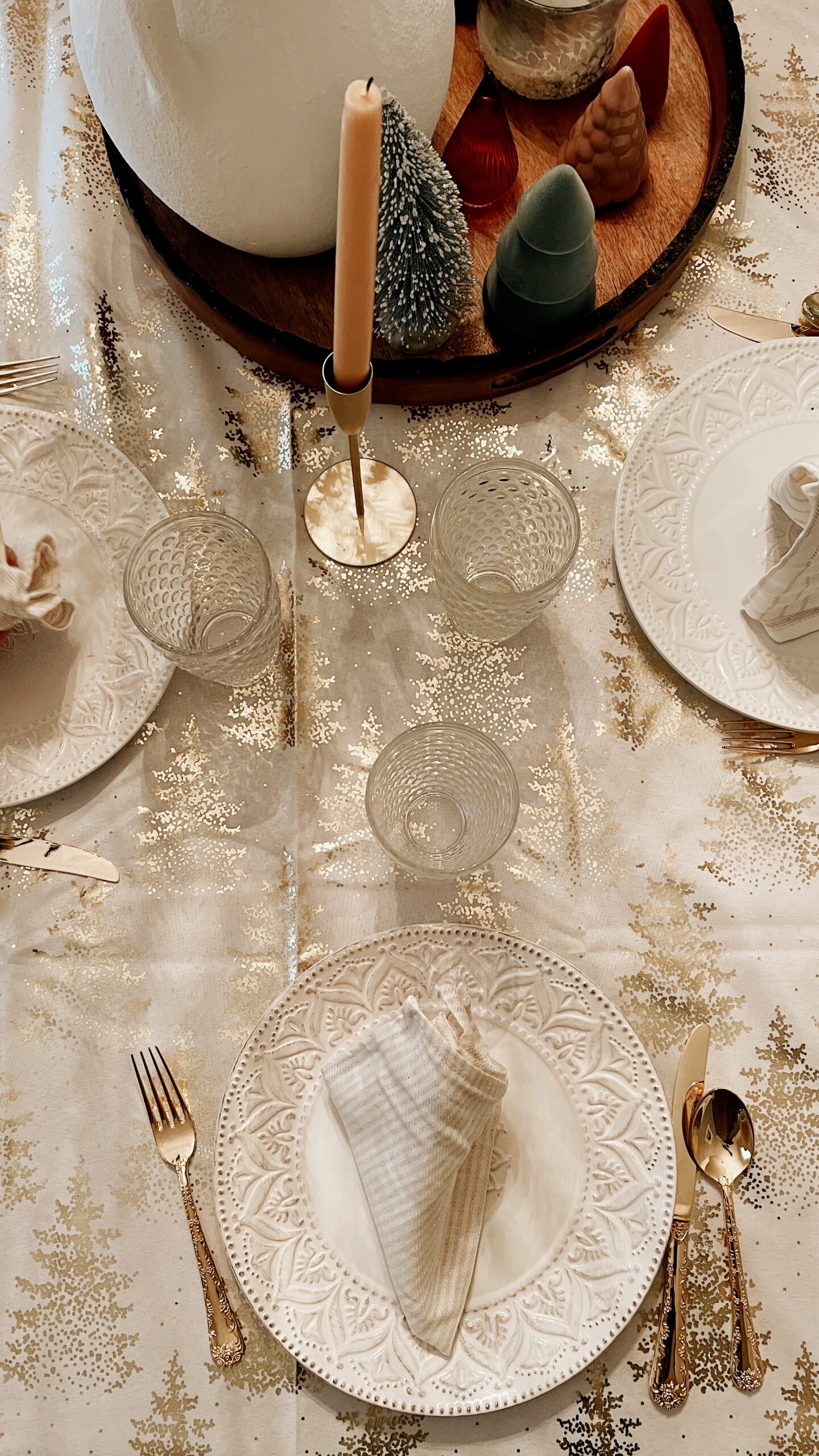
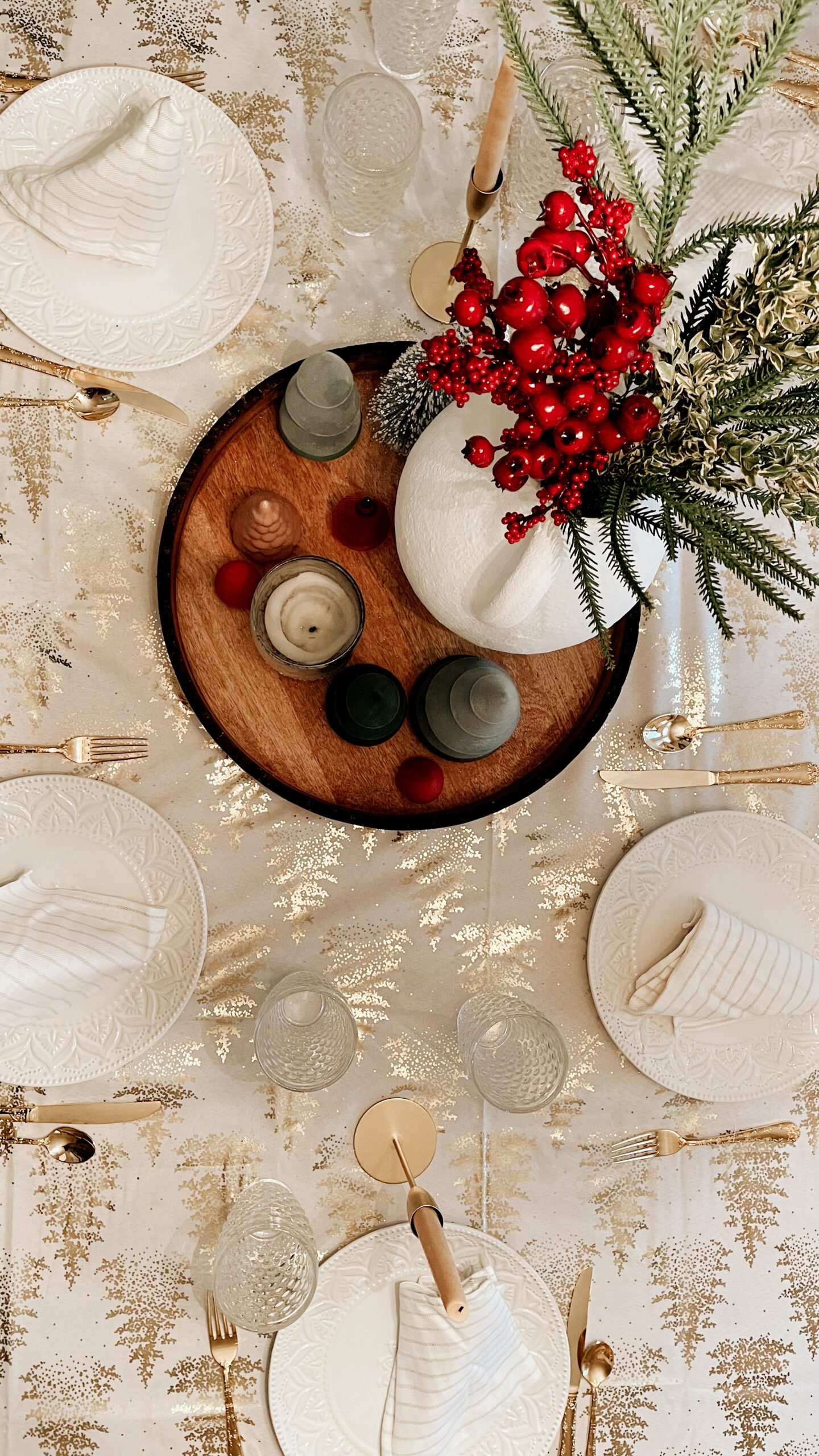
Therapy and Hygge
In our busy, modern lives, taking care of our mental health has become more important than ever. While there are countless approaches to boosting well-being, one concept that has gained significant attention is hygge. Originating from Denmark, this unique lifestyle approach promotes a sense of coziness, comfort, and contentment. But how exactly can hygge improve our mental health? Let’s explore.
Enhancing Mental Well-Being through Hygge: Embrace the Power of Coziness
- Creating a Safe Haven: Hygge transforms our living spaces into warm and inviting sanctuaries. By incorporating soft lighting, calming scents, and comfortable furnishings, we create an environment that feels safe, secure, and peaceful. This intentional setting helps reduce stress levels and promotes mental relaxation, encouraging a healthy state of mind.
- Embracing Mindfulness: Hygge encourages us to slow down and fully experience the present moment. By immersing ourselves in simple pleasures like sipping a warm cup of tea, indulging in a good book, or enjoying a cozy conversation with loved ones, we become more mindful. This mindfulness practice helps reduce anxiety, improves concentration, and fosters an overall sense of calm.
- Building Connections: Hygge places great importance on building meaningful relationships and surrounding ourselves with loved ones. Connecting with others on a deeper level can be incredibly fulfilling, providing a sense of purpose, belonging, and support. Sharing hygge experiences with friends and family fosters a nurturing social circle, leading to increased happiness and improved mental well-being.
- Promoting Self-Care: Hygge encourages self-care as an integral part of our daily lives. Taking time to pamper ourselves with soothing activities like hot baths, walks in nature, or practicing hobbies not only boosts our mood but also helps alleviate stress and anxiety. By prioritizing self-care, we are better equipped to handle the challenges life throws at us, ultimately improving our mental resilience.
- Finding Joy in Simplicity: Hygge teaches us to find joy in the simple moments of life. We learn to appreciate the beauty of nature, engage in cozy rituals, and tune into our inner selves. By focusing on the present and finding contentment in life’s little pleasures, we shift our perspective to a more positive outlook. This positive mindset can greatly improve mental well-being, reducing feelings of negativity and enhancing overall happiness.
Incorporating hygge into our lives doesn’t require elaborate changes. It’s about embracing the small, meaningful moments and cultivating a sense of coziness and contentment. By prioritizing self-care, building connections, and finding joy in simplicity, we enhance our mental health and overall well-being.
So, why not start today? Create a cozy nook in your home, light a scented candle, and indulge in your favorite self-care ritual. Invite loved ones over for a warm gathering filled with good food, laughter, and heartfelt conversations. Embrace the power of hygge and discover a path to improved mental well-being through the soothing embrace of coziness.
Why I Use Hygge in My Practice As a Therapist
A therapist can effectively use hygge principles and techniques to enhance their therapy sessions and improve the treatment experience for clients. When I had my own therapy office I used two laps, a few blankets and a cozy rug to add hygge to a boring college counseling room. I felt more at ease and I could see my tired college-age clients relax as they felt at home in my office. Hygge creates a comfortable and calming atmosphere, encouraging clients to feel safe and at ease during therapy sessions. Soft lighting, calming scents, and comfortable furnishings help clients relax and open up more, leading to deeper and more meaningful therapy sessions. As hygge promotes mindfulness and self-care, incorporating these principles into therapy sessions can help clients develop strategies to manage stress, anxiety, and depression. Additionally, hygge emphasizes connection and social interaction, fostering a sense of community and support, which is particularly valuable in a therapeutic setting. Overall, using hygge practices in therapy sessions can improve the efficacy of therapy, enhancing clients’ mental well-being and promoting healing.
Adding Hygge Into Your Life
Incorporating hygge into our lives doesn’t require a complete lifestyle overhaul. Hygge is an invitation to take the cold and darkness as a sign to slow down, to listen to our bodies, and feel the warmth in our own homes. It’s about finding balance and making small changes that can have a big impact on our well-being. Here are a few more ideas to get started:
- Create a cozy corner in your home with soft cushions and warm blankets.
- Light candles or use warm, soft lighting to create a calming ambiance.
- Spend quality time with loved ones, whether it’s through game nights, shared meals, or deep conversations.
- Embrace slow, mindful activities like reading, knitting, or painting.
- Prioritize self-care by indulging in a long bath or treating yourself to a delicious dessert.
Remember, hygge is more than just aesthetics and material comforts. It’s about cultivating a mindset and savoring the beauty in simplicity. So, immerse yourself in the pleasure of hygge and embrace the coziness that life has to offer.
Start Therapy Today
In person sessions 53 W. Jackson, suite 1615 Chicago 60604
Visit: https://hannahlynnmiller.com/therapy/ or Pneumachicago.com
Email: hannah@pneumachicago.com
